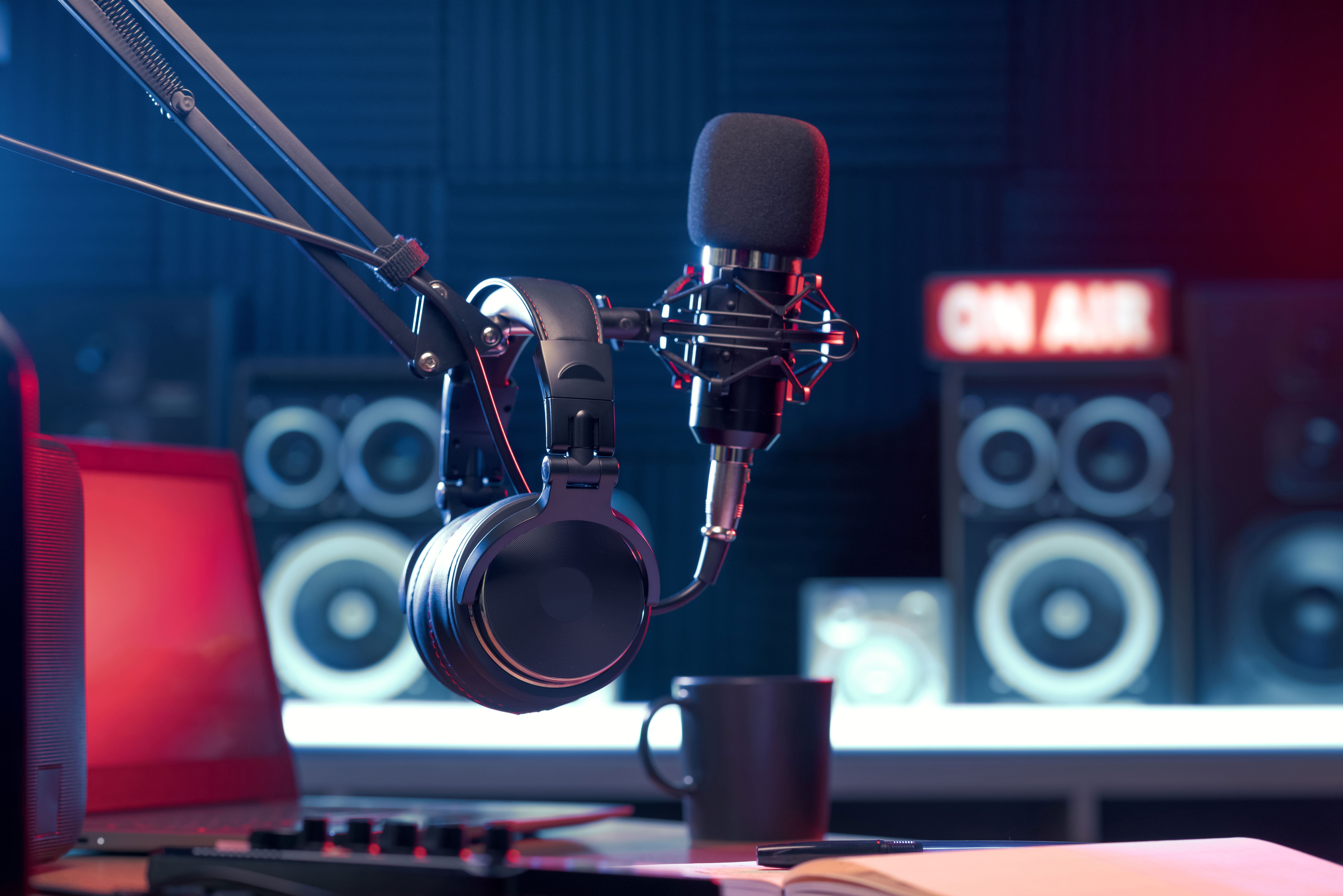Capturing Quality Sound: Essential Microphones and Techniques
Sound quality is just as crucial as image quality in any audiovisual production. Clear, well-captured audio can make all the difference in immersing your audience. Let’s explore the essential microphones and techniques to ensure high-quality sound.
Types of Microphones
- Lapel Microphone (Lavalier): Small and discreet, ideal for capturing dialogue in interviews and filming.
- Shotgun Microphone: Directional, captures sound from a specific angle, perfect for outdoor filming.
- Condenser Microphone: High sensitivity, ideal for studio recordings.
Recording Techniques
- Positioning: The position of your microphone can dramatically affect sound quality. Place it close to the audio source, but out of the camera frame.
- Environment: Record in places with good acoustics, avoiding external noise.
- Testing: Always do sound tests before main recording to adjust levels and positioning.
Additional Equipment
- Headphones: Essential for monitoring audio quality while recording.
- Portable Recorder: Useful for capturing sound in outdoor locations.
- Wind Protector (Deadcat): Reduces noise caused by wind when recording outdoors.
Post-Production
Audio editing is where the raw sound is refined. Use editing software to remove noise, adjust levels, and add sound effects. Synchronizing audio with video is crucial for a cohesive experience. Image: An audio editing software showing multiple sound tracks being adjusted.
Conclusion
Capturing quality sound is an art that involves the use of the right equipment and appropriate techniques. With practice and attention to detail, it is possible to take audiovisual production to a new level of excellence. Image: A sound engineer working in a studio, adjusting audio levels.



